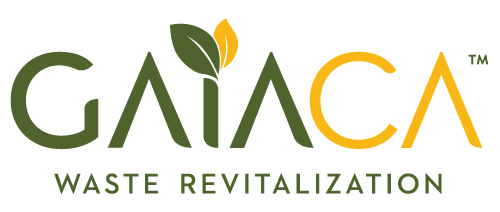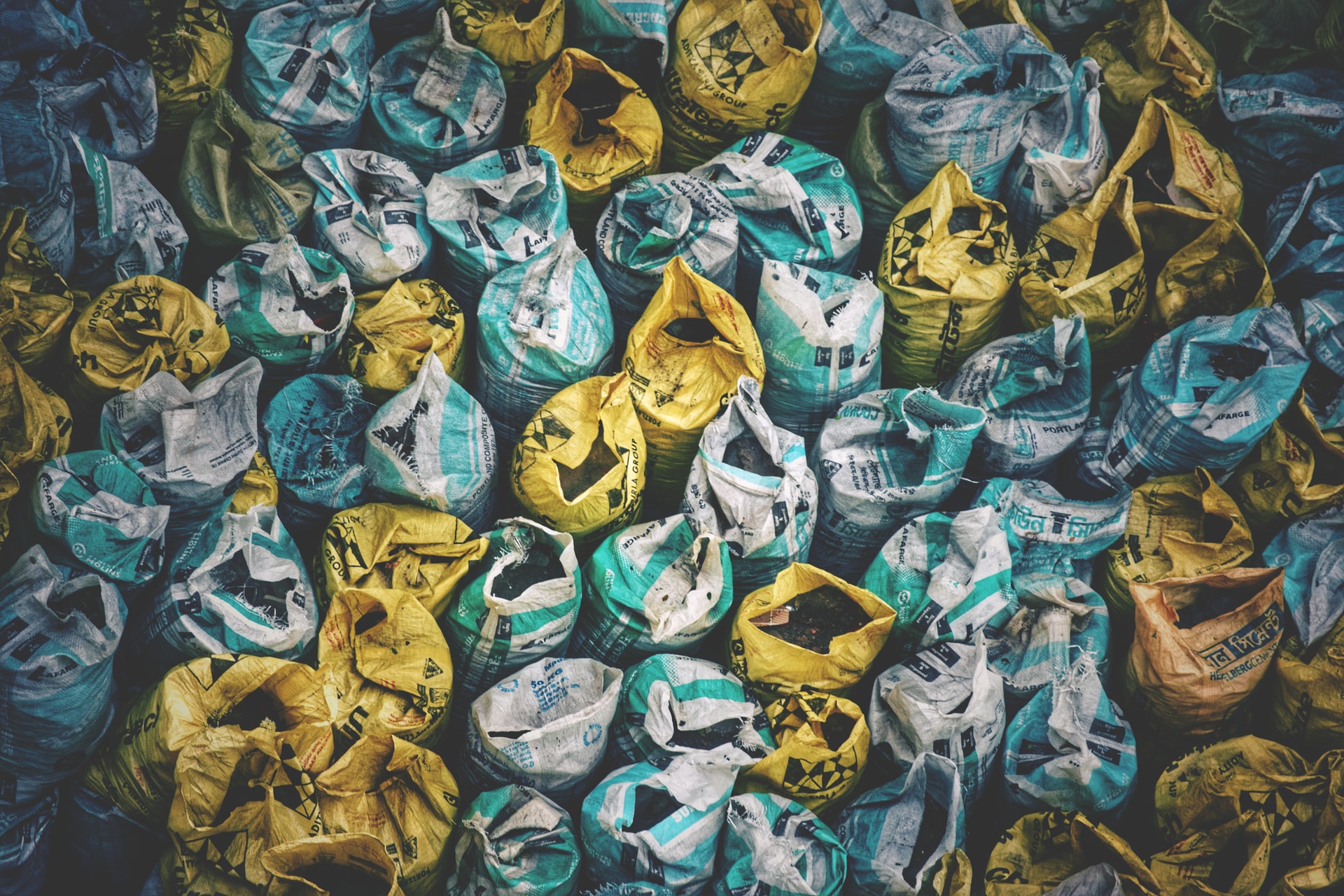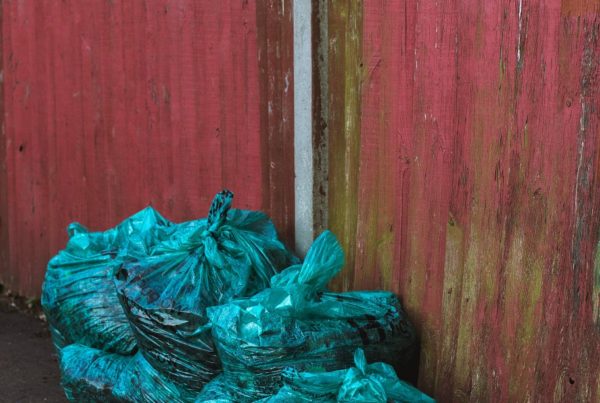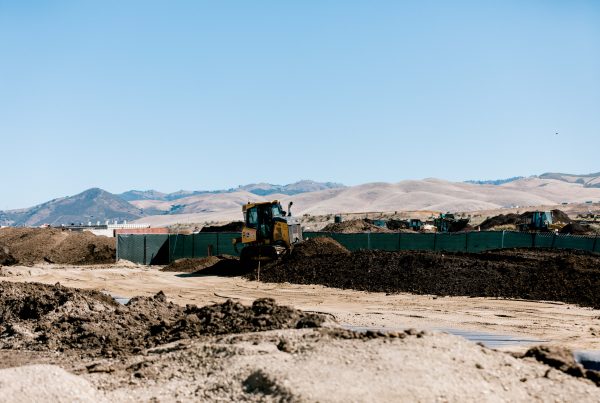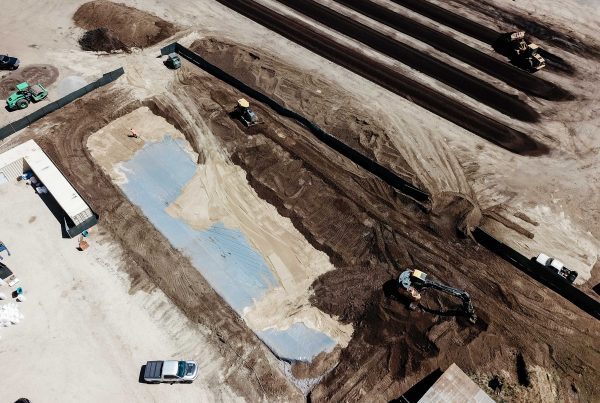Whether you’re nearing the end of your grow cycle or you simply need to change the nutrient solution in your reservoir, proper disposal of your nutrients is critical. There’s a great deal of debate surrounding how to dispose of hydroponic nutrients, but it’s important to know that improper waste removal can land you in hot water (pun intended).
How Not to Dispose of Hydroponic Nutrients
If your general inclination is to just dump your hydroponic water in your garden, down the drain, or in the gutter, don’t do it. Hydroponic water contains nutrients like phosphorus, nitrogen, sulfur, calcium, and zinc. While these nutrients are effective in supporting plant growth, they can be hazardous when not contained.
For example, nitrogen pollution from water runoff can wreak havoc on local ecosystems. Excess nitrogen contributes to massive algae and phytoplankton blooms in streams, lakes, oceans, and other water systems, depleting oxygen levels and producing dangerous toxins that can harm animals and plants. Phosphorus, another nutrient commonly found in hydroponic mixes, has a similar environmental effect.
You don’t have to dump the water directly into a drainage ditch for problems to arise. If you pour the wastewater into your garden, the nitrogen, phosphorus, and other minerals can get washed out of the soil and become runoff. Then they become part of the local water system.
Note also that many cities, counties, and other jurisdictions impose strict rules regarding wastewater, and failure to adhere to these rules may result in hefty fines or even loss of license. These rules can vary dramatically from one jurisdiction to the next, and even if your runoff makes its way into a neighboring jurisdiction, you may still be liable.
So in other words, don’t dump your hydroponic water. There are better ways.
How to Properly Dispose of Hydroponic Nutrients
The best way to dispose of hydroponic nutrients is to filter out the minerals through a purification process and then dispose of the remaining wastewater however you see fit. This ensures the least amount of environmental disruption and all but eliminates the risk of contamination. However, small-scale and hobby growers may also manage their limited waste nutrients by reusing them.
Dilute and Reuse the Nutrients
The easiest way to dispose of your hydroponic nutrients is to reuse them.
- Mix the wastewater with an equal amount of regular tap water to dilute the nutrients.
- Use the resulting mixture to water your indoor and outdoor potted plants. Make sure only to pour the water into self-contained potted plants, as you still want to avoid the problem of runoff.
- Pour the remaining wastewater down a kitchen or bathroom drain. These drains are designed to handle and process much more corrosive liquids, so the risk to the environment is smaller than with water runoff.
You’ll want to invest in a quality pH/EC meter so that you can check the pH and EC (electrical conductivity) levels before applying the diluted nutrients to your plants. The pH level should fall between 5.5 and 6.5, and the EC level should fall between 1.2 and 2.0.
How to Dispose of Hydroponic Wastewater
A more effective way to recycle and dispose of your hydroponic water is to purify it. There are many types of hydroponic equipment that provide this type of filtration. Pasteurization equipment and UV disinfection systems can do the trick, but these solutions tend to be cost-prohibitive and are recommended more for large, commercial grows.
One of the simplest, most cost-effective ways to purify hydroponic water is with the use of a reverse osmosis (RO) water filter. Reverse osmosis is a water purification process whereby harmful particles are separated from the water molecules and eliminated.
The wastewater is first transported through a sediment filter where large particles are removed. Then the water passes through a semipermeable membrane to eliminate the remaining, smaller contaminants. The water must then be treated with Cal-Mag supplements to protect the pH level.
A small 100-200 GPD filter can be purchased for as little as $200 and is suitable for most small-scale and home growers. Large and industrial growers will need a much larger RO, as high as 2,000 GPD.
Once the water has been purified, use your pH/EC meter to check the quality. Pure water has a pH balance of 7, so your water should measure close to that number after filtration. As long as the pH balance falls between 6.5 and 8.5, it meets EPA standards for drinking water and is considered safe for disposal. Your EC level should read close to 0.0, as pure water is a poor conductor of electricity.
Once you’ve confirmed the purity of your water, you can safely dispose of it in the manner most convenient for you.
How to Dispose of Other Hydroponic Waste
In addition to your wastewater, you have to be mindful of how you dispose of your unused nutrients, grow lights, and—in some cases—plant waste. If your hydroponic system is used to grow cannabis, the waste requirements are especially complex and subject to severe penalties.
Unused Nutrients
Most hydroponic nutrient solutions come with an expiration date. In most cases, you can toss out your expired and unused mixes in the garbage and forget about them. However, if the product contains pesticides or herbicides, it must be treated as household hazardous waste.
Look for a “Storage and Disposal” statement on the label. If it’s classified as hazardous waste, set it aside for the next local hazardous waste collection. If you’re not sure when that is, or if you need additional information about how to safely dispose of your nutrients, reach out to your local waste management company.
Grow Lights
Most light bulbs contain mercury. When mercury-containing lamps are discarded, they eventually break, releasing mercury vapor into the environment. The vapor can then make its way into people’s lungs and bloodstream, presenting the risk of mercury poisoning.
The Environmental Protection Agency advises against throwing bulbs with mercury in the garbage. The following states even prohibit it by law:
- California
- Maine
- Massachusetts
- Minnesota
- New Hampshire
- Vermont
- Washington
Discarding mercury-containing bulbs in a garbage can or standard recycling bin can lead to fines or other penalties. As with pesticide-containing nutrients, you’ll need to set aside your discarded grow lights for hazardous waste pickup or take them to an appropriate disposal facility.
Cannabis Plant Waste
Most types of hydroponic plant waste—including waste from tomatoes, peppers, and cucumbers—can be discarded as you see fit. But if your hydroponic system is used to grow cannabis, you’ll need to follow strict protocols for waste disposal.
Every cannabis licensing agency in the U.S. has its own disposal requirements, but certain guidelines are common. For example:
- Cannabis waste must be rendered unusable and unrecognizable. While there’s no uniform definition of what constitutes “unusable and unrecognizable,” the plant matter is often ground down and mixed with detergent or other toxic solutions.
- Cannabis waste must be combined with at least an equal amount of non-cannabis waste.
- Cannabis waste must be discarded at an approved processing facility, such as a composting site.
If you run a dispensary, cultivation facility, or other commercial operation, the rules are even more stringent. For businesses subject to state regulations, cannabis waste must be weighed and documented according to the state’s track-and-trace system. That’s why it’s critical for businesses to employ the services of a cannabis waste disposal company.
A Quick Primer on How to Dispose of Hydroponic Nutrients
This information may sound overwhelming, but the fundamentals are straightforward. Here’s a simple recap:
- For nutrient-rich water: Reuse it in your potted plants or purify it with an RO filter or other purification filter before disposal.
- For your unused nutrient mix: Check to see if it contains pesticides or disposal instructions. If it’s pesticide- and herbicide-free, toss it in the trash. If it’s hazardous waste, set it aside for hazardous waste disposal.
- For old bulbs: If the lamps contain mercury, set them aside for hazardous waste disposal. Otherwise, toss them in the trash.
- For cannabis waste: Grind it down and mix it with detergent or another abrasive liquid. Then combine it with an equal amount of non-cannabis waste before discarding. If you’re growing on behalf of a business, contact a cannabis waste management company.
The requirements for discarding hazardous waste and unused cannabis vary from state to state. To find an approved disposal facility for your particular type of waste, you can visit https://search.earth911.com/ and enter your location. With simple proactive measures, you can continue to enjoy the (literal) fruits of your hydroponic system without attracting the long arm of the law.
